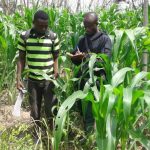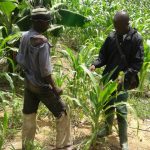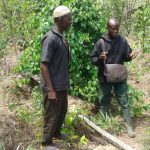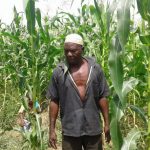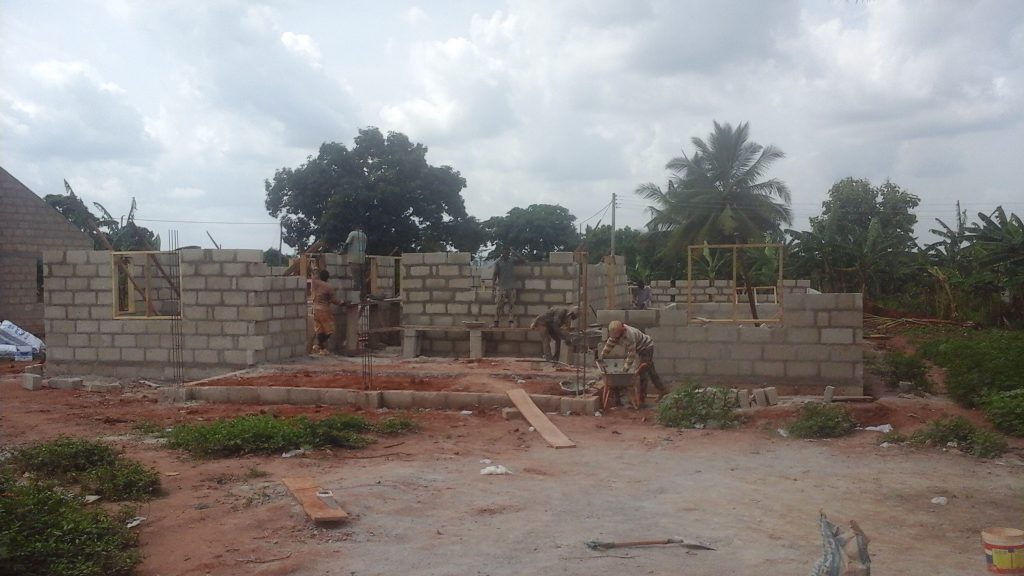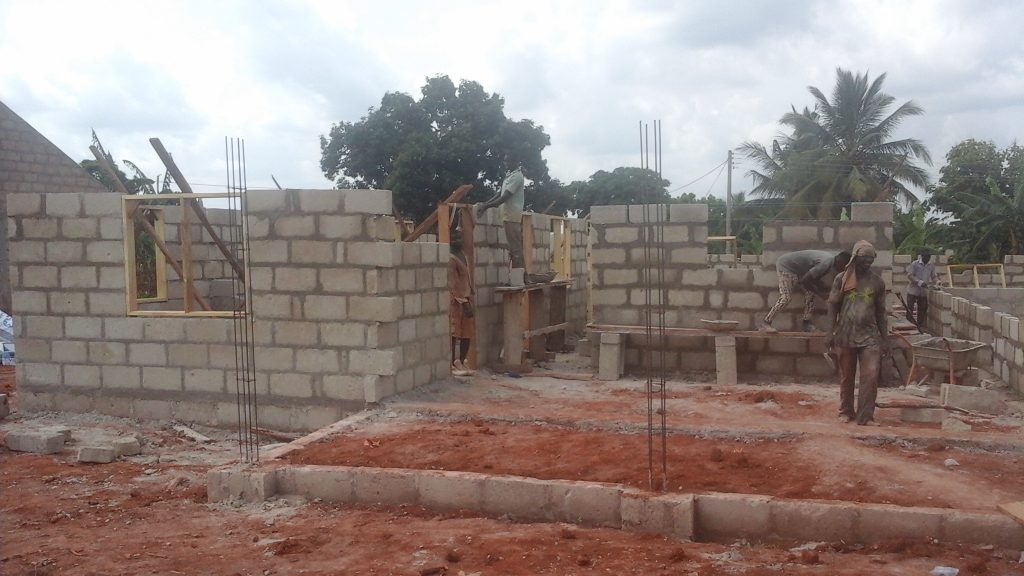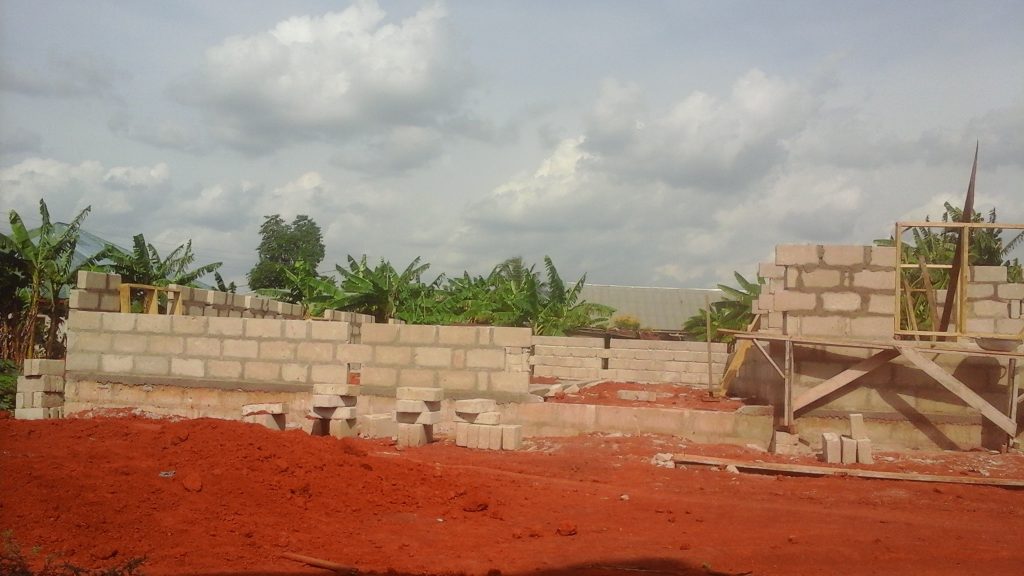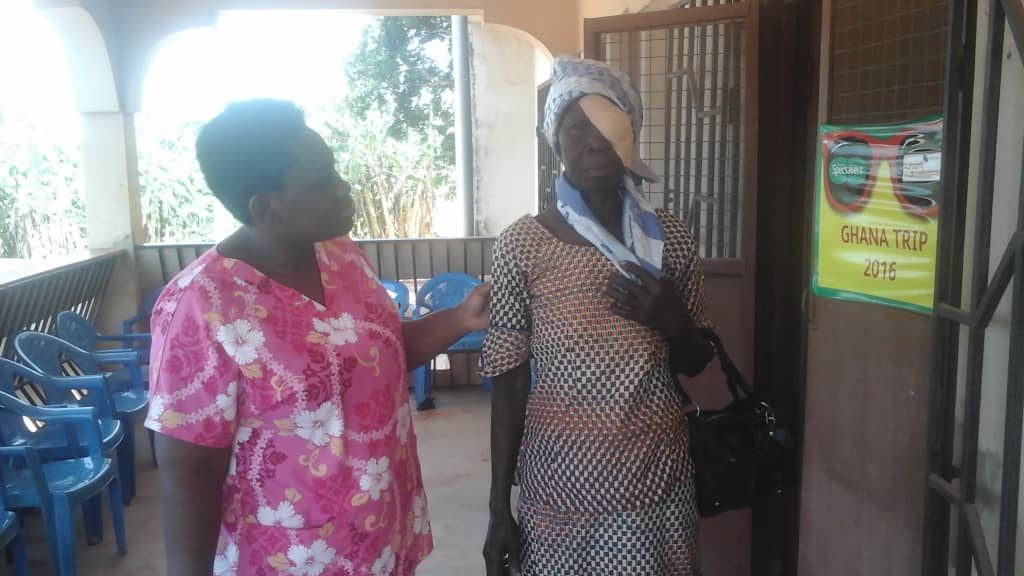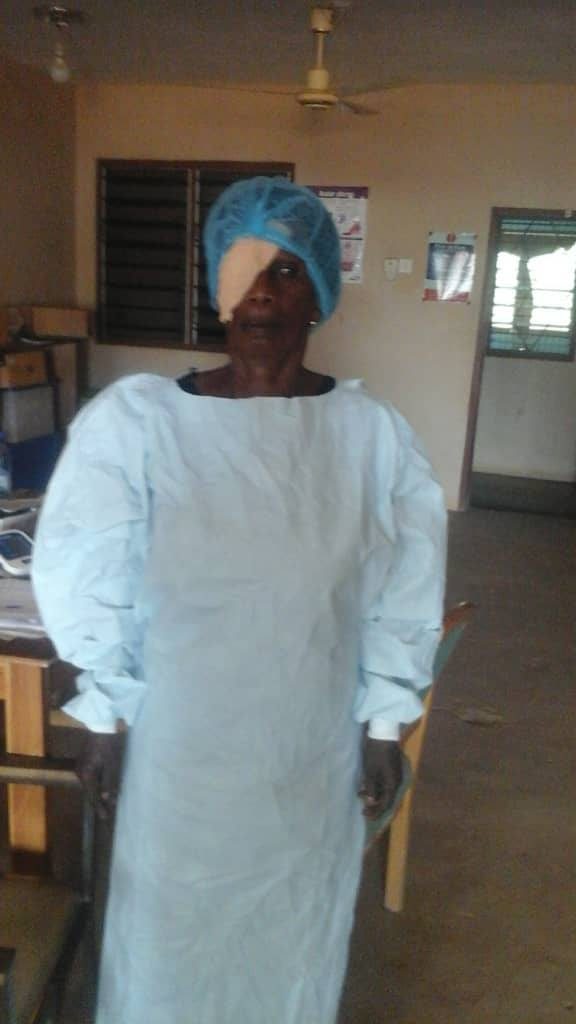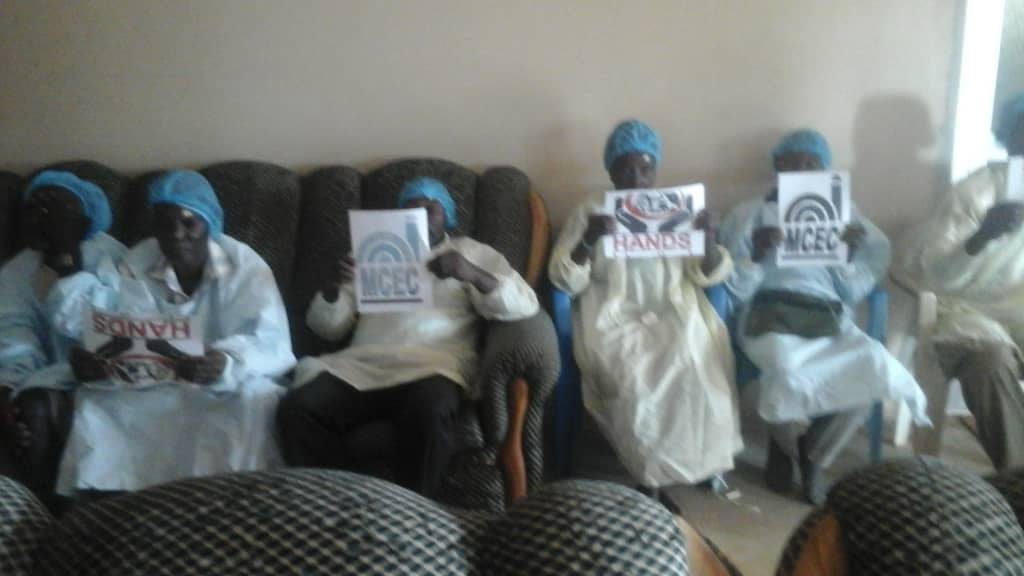 We’ve been visited by the agricultural extension officer to check on reported infestations of army worm. Army worms – see the photo – turn into moths, and can destroy whole harvests in no time at all. According to Wikipedia, “the larvae often exhibit marching behaviour when travelling to feeding sites, leading to the common name “armyworm.”
We’ve been visited by the agricultural extension officer to check on reported infestations of army worm. Army worms – see the photo – turn into moths, and can destroy whole harvests in no time at all. According to Wikipedia, “the larvae often exhibit marching behaviour when travelling to feeding sites, leading to the common name “armyworm.”
Luckily, we have quite a big farm support programme underway, as a result of which the farmers spotted the army worms early on, and knew where to turn for help.
That aside, the yam and maize crops in particular are said to be looking very good this year, so not much hunger in the villages.
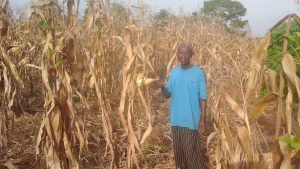
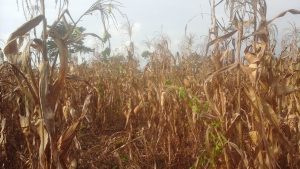
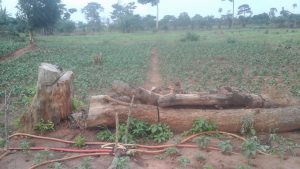
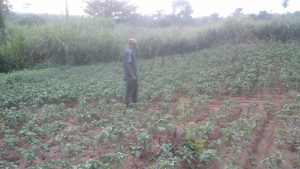

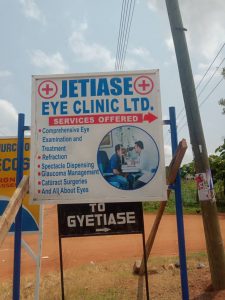


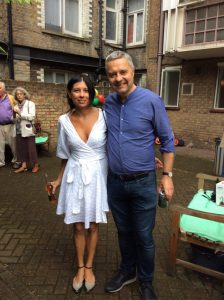

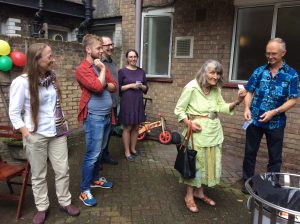
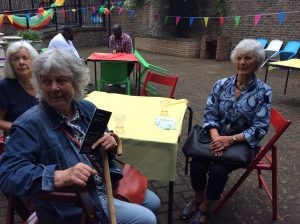



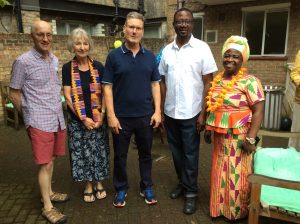
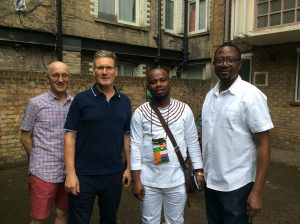


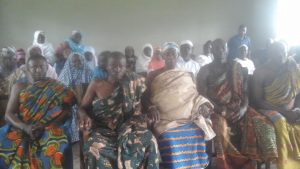

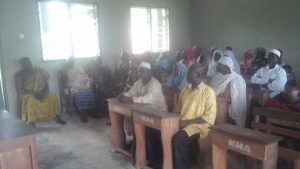
 We’ve been visited by the agricultural extension officer to check on reported infestations of army worm. Army worms – see the photo – turn into moths, and can destroy whole harvests in no time at all. According to Wikipedia, “the larvae often exhibit marching behaviour when travelling to feeding sites, leading to the common name “armyworm.”
We’ve been visited by the agricultural extension officer to check on reported infestations of army worm. Army worms – see the photo – turn into moths, and can destroy whole harvests in no time at all. According to Wikipedia, “the larvae often exhibit marching behaviour when travelling to feeding sites, leading to the common name “armyworm.”